Aston Martin is all out of excuses.
From dire financial times, to an ageing range, to engines and interior technology borrowed from other brands, to a complicated plan for new models sucking development money, there’s always been something holding its new cars back – the brand admitted as much at the launch of the new Vantage.
This time around, those roadblocks are gone. The DBX has been turned into the DBX 707, the DB11 has been pumped up to create the DB12, and now the Vantage has a new lease on life.
The recipe is similar to before, with an AMG-derived turbocharged V8 engine mounted up front, a leather-lined cabin in the middle, and drive sent to the rear wheels.
Although the last Vantage was head-turning in a very particular way, the new one blows it out of the water for presence. It’s a brute in person.
This is more than just a facelift, though. The engine has been overhauled to pump out 114kW more power and 115Nm more torque, the eight-speed automatic has shorter ratios, and there’s more sophisticated tech to help you put all that grunt to the road.
It’s also lighter than before, has a more sophisticated suspension setup, and features lightweight options like carbon ceramic brakes aimed at drivers who want to exploit the that upgraded chassis on the track.
This is a much serious animal than the Vantage it replaces. Aston Martin doesn’t need to make excuses anymore.
How does the Aston Martin Vantage compare?
View a detailed breakdown of the Aston Martin Vantage against similarly sized vehicles.

Aston Martin
Vantage
How much does the Aston Martin Vantage cost?
For now, there’s just one Vantage model on offer in Australia.
It’s priced from $410,000 before on-road costs and options, with a convertible option to follow. That sticker price puts it into direct competition with the Porsche 911 Turbo S, along with the Ferrari Roma.
What is the Aston Martin Vantage like on the inside?
Aston Martin has overhauled the Vantage inside, throwing out the old Mercedes-Benz technology suite in favour of a slick new in-house setup.
It’s also a much nicer place to spend time, eschewing the slightly chaotic layout of its predecessor for a clean design inspired by the bigger DB12. The look is far more upmarket than before, and the materials feel (and smell, in the case of the leather) properly high-end.
Aston Martin wants to exist between sports car specialists Ferrari and McLaren, and masters of British luxury Bentley and Rolls-Royce with its new cars. Like the DB12, the new Vantage is a solid step in that direction.
Rather than rifling through the Mercedes-Benz parts bin, the team at Gaydon has gone to the trouble of developing bespoke parts for most of the touch points. The knurled drive mode dial has a purposeful clack to it, while the scroll wheels for the climate and volume are suitably smooth.
Throw in the supple Bridge of Weir leather lathered generously over anywhere you rest part of your body, and you have a really special place to spend time. It’s more bespoke and British than a 911 for example, and not as tech-dominated as the Ferrari Roma.
Those bespoke bits are small in isolation, but combined they add up to a lot. They’re the sort of things Aston Martin hasn’t been able to nail since becoming part of the Ford brand umbrella alongside the likes of Volvo, Jaguar, and Land Rover.
It’s still not perfect; the cold metal paddle shifters feel lovely when you aren’t actually using them, but are a bit soggy compared to the satisfying click-clack you’d expect of a car with this kind of performance.
Aston Martin hasn’t sacrificed function at the altar of luxury. It wasn’t lying about how easy its new cabin layout is to use; reach for something – on the screen, the central tunnel, or the steering wheel – and it’s where you’d expect.
The learning curve is incredibly shallow here.
You could daily drive the Vantage. You don’t need to be a gymnast to slither over the sills into the standard sports seats, and once you’re there the driving position is excellent.
The seats sit 10mm lower than before, which as a tall driver frees up more headroom, and the steering column telescopes out far enough to leave space for lanky legs.
Although they’re generously padded for road driving, the base seats could use a bit more support when you’re really pushing. If you’re spending time on the track, the carbon bucket seats are an option worth splurging for.
They offer way more bolstering if you’re exploring the limits of what the Vantage can do, and their shape leaves more space for a helmet if you’re tall. They also wouldn’t look out of place in an art gallery, especially if you start playing with the colour and stitching of padded leather inserts, although it’s harder to get in and out over the hard bolsters.
As for the technology? It looks incredible on those two ultra high-resolution screens, with buttery smooth animations that wouldn’t be out of place on a new iPad, and someone who cares about driving has worked to make sure you don’t need to go diving through menus to adjust things when you’re reeling in the horizon at maximum attack on a Spanish mountain road.
The driver display needs work though. Compared to the super polished graphics in a new Ferrari or McLaren, or even the Volkswagen Group bones in a Bentley, it all looks a bit generic.
Information like whether you’re in drive or full manual mode for the transmission is relegated to small text, and the gear readout just isn’t big or clear enough. Thankfully, these are the sort of things that can be handled with an over-the-air update.
Boot space isn’t the primary consideration for most people who spend $410,000 on a 489kW sports car, but the Vantage does offer impressive practicality for a car its size.
It’ll hold 350 litres… or two golf bags, according to the engineering team. If you aren’t a golfer, a couple of weekend bags will easily slot in back there.
What’s under the bonnet?
Aston Martin still sources its V8 engine from Mercedes-AMG, which is why the twin-turbocharged 4.0-litre bones will be familiar – plenty has changed here, though.
The brand says it has tweaked the cam profiles, lowered its compression ratio to accomodate the extra boost from the twin turbochargers, and significantly increased its cooling capability.
It’s able to get more air onto its radiators than before thanks to a 38 per cent larger grille opening, and there are more coolers under the bonnet.
That means you’re able to run up to 10 degrees hotter without compromising performance on track. The numbers are suitably impressive. The 100km/h sprint takes a claimed 3.5 seconds, and flat out you’ll be doing 325km/h.
| Model | Aston Martin Vantage |
|---|---|
| Engine | 4.0L twin-turbo V8 |
| Power | 489kW (6000rpm) |
| Engine torque | 800Nm (2000-5000rpm) |
| Transmission | 8-speed auto |
| Driven wheels | Rear-wheel drive |
| Weight | 1745kg (kerb) |
| Fuel consumption (observed) | 17.2L/100km (150km hard driving) |
| Fuel tank size | 73 litres |
| 0-100km/h | 3.5 seconds |
| Top speed | 325km/h |
How does the Aston Martin Vantage drive?
My god, this is a fast car. Thing is, it’s not an imposing car to drive fast… at least, once you realise there’s plenty going on to keep all 489kW of power and 800Nm of torque in check.
Those are serious outputs, and they’re not sent to the road through a four-wheel drive system to make it more approachable. Brute of an engine up front, driver sat in the middle, power to the rear wheels. How’s that for an old-school formula?
When you’re mooching around, the Vantage masks its potency remarkably well. The eight-speed automatic just surfs the wave of turbocharged torque at low speeds, sitting at least one gear higher than you’d expect, and once you’re up and rolling the way it accelerates in-gear is hilarious.
Forget about snatching third to squirt from 80 to 120km/h; the Vantage hoovers it up in fifth without a second thought, leaving a trail of dazed Renault Twingo drivers in its rooster tail on the roads around Seville.
At full throttle it just eats gears, gobbling up first, second, third in the blink of an eye. It really should torch its rear tyres, even at 325mm wide, but the sticky Michelins work in tandem with a sophisticated traction control system to keep it all in check.
Finding enough space to regularly enjoy such prodigious acceleration is a problem on the road, but if you have enough autobahn the Vantage is able to put its power down better than it has any right to.
You really could drive it daily, with a really soft edge to the ride in the default Sport drive mode over some side roads that were surfaced like goat tracks. Aston Martin has done away with GT mode in this car, in a nod to its pitch as a sportier vehicle than the DB12, but save for a healthy helping of road noise there’s not much wrong with the Vantage’s long-haul credentials.
It’s more than just a hot rod on the road. Flicked into Sport+ the engine really comes to life, with a dirty V8 bark from the exhaust, and a more determined bite from the heavier steering, sharper throttle, and tighter body control from the adaptive dampers.
Even more noise wouldn’t go astray though. The naturally aspirated Vantage sung from the rooftops, this has comparatively been muzzled by its turbochargers, and Europe’s ever stricter drive-by regulations.
Even at eight tenths the Vantage is a lovely car to stroke along, leaning on the meaty mid-range and revelling in the precise steering, but it goads you into pushing harder and soon you’re going way faster than is appropriate without even realising.
Our launch drive route didn’t help; the road winding from Rio Tinto through the Andalusian foothills towards Circuito Monteblanco is like a purpose built proving ground. Surfaced in perfectly smooth tarmac it has elevation changes, a blend of slow and medium-speed corners, and no traffic. It’s perfect… but it’s not a racetrack.
Monteblanco is, however. The last Vantage came in a few states of tune, ranging from the road-oriented regular model to the more track-ready AMR, and finally the F1 Edition.
There’s no AMR version of the new model, and based on what Aston Martin said there’s no plan (at least for now) to bother with one because the base car is so capable.
Central to the chassis and technology changes is what Aston calls a 6D system in charge of the vehicle dynamics, opening the door for a fancy new traction and stability control system with eight levels of intervention.
In its most aggressive mode you get a hint of slip from the back end before the electronic nannies come into play, in middle modes it’ll let you carry a whiff of opposite lock through a corner if it deems you in control, and in its most relaxed modes you’re essentially on your own.
On a new circuit, it allows you to quickly come to terms with what you can or can’t get away with in the Vantage.
It’s fearsomely fast down the back straight, nudging 265km/h into the big braking zone for the tight right-hand first turn. In 30-degree weather, with constant abuse from the world’s motoring journalists, the carbon ceramic brakes never faded.
Close to 500kW through the rear wheels is a recipe for oversteer, and the Vantage is lively – but it’s not a tyre-frying hot rod unless you want it to be, and it never feels snappy.
Trail brake into corners and it feels alive, up on its toes, and once it starts turning you can leeeaaannnn on the linear throttle to get the car doing what you need it to.
You can be precise with it, as you can with the steering, to get exactly what you want from the car. Aston Martin says it’s made the throttle more linear in Track Mode, in a bid to let drivers get exactly what they want from the car right up to the limit.
The wave behind you builds gradually as you squeeze on the accelerator, and with the eight-stage traction system in its middle modes you can push right up to the point where a little slide on the exit might become a big problem.
When you get there, it gently tugs on the reins to stop it getting out of hand – but doesn’t completely kill momentum in the process.
It’s an excellent teaching tool, as you learn the limits of the car and try to feel out what will happen as you get on the throttle harder in search of quicker lap times (or if you want to feel the car moving under power with a safety blanket in place).
There’s no doubt this car has the ability to bite you, especially if you’ve the traction control up around the 8 mark, but with a bit of discretion there aren’t any demons here.
What do you get?
Although there is technically a “base” car on offer, most owners are likely to heavily customise their cars.
With that in mind, here’s the starting point before going wild on the configurator:
Performance
- 21-inch five-spoke forged wheels in gloss silver
- Michelin Pilot Sport 5S tyres (275/35 front, 325/30 rear)
- Steel brake discs (400mm front with 6-piston calipers, 360mm rear with 4-piston calipers)
- Adaptive dampers linked to drive mode
Convenience
- Keyless entry and push-button start
- Auto-dimming interior mirror
- Automatic LED matrix headlights with auto high-beam
- Automatic windscreen wipers
- Electric steering column adjustment
- Front and rear parking sensors
- Surround-view camera
- Adaptive cruise control with stop/go
Interior
- 10.25-inch touchscreen
- Apple CarPlay and Android Auto
- Satellite navigation
- AM, FM, DAB+ digital radio
- Wireless phone charger
- 2x USB-C ports
- 10.25-inch digital instrument display
- Dual-zone climate control
- Interior ambient lighting
- 16-way power adjustable seats
- Heated seats
- Bridge of Weir leather trim
Options include:
- Carbon ceramic brakes
- Sport Plus carbon seats
- 21-inch alloy wheels (Y-Spoke, or Multi-Spoke)
- Coloured brake caliper finishes
- Black chrome exterior trim pieces
- Bowers and Wilkins audio system
- Ventilated front seats
Is the Aston Martin Vantage safe?
The Aston Martin Vantage hasn’t been crash tested by Euro NCAP, nor will it ever be based on most similar sports cars.
Standard safety equipment includes:
- Autonomous emergency braking
- Blind-spot monitor
- Front cross-traffic assist
- Lane keep assist
- Passing vehicle warning
- Rear cross-traffic assist
- Front airbags
- Side airbags
How much does the Aston Martin Vantage cost to run?
The Aston Martin Vantage is backed by the same three-year, unlimited-kilometre warranty as the broader range.
CarExpert’s Take on the Aston Martin Vantage
After a few years in the wilderness, it’s clear Aston Martin has knows the path it’s taking forward.
Bolder, brasher, better, the new Vantage is a meaningful step forward over the car it replaces, offering an alluring blend of luxury and performance.
There’s an old-school rear-drive beast lurking beneath its shapely skin, but it’s house trained for when you’re cruising, and can be tamed gradually on the track thanks to some clever technology.
Although there’s still polishing to be done – the driver display, for example, and the slightly soggy paddles – it’s on small things that can easily be fixed, rather than fundamental flaws born of broader business troubles.
In other words, the Vantage feels like the car Aston Martin wanted to make first time around. Bring on the Vanquish…
Click on the images for a full gallery.
MORE: Buy an Aston Martin Vantage
MORE: Everything Aston Martin Vantage







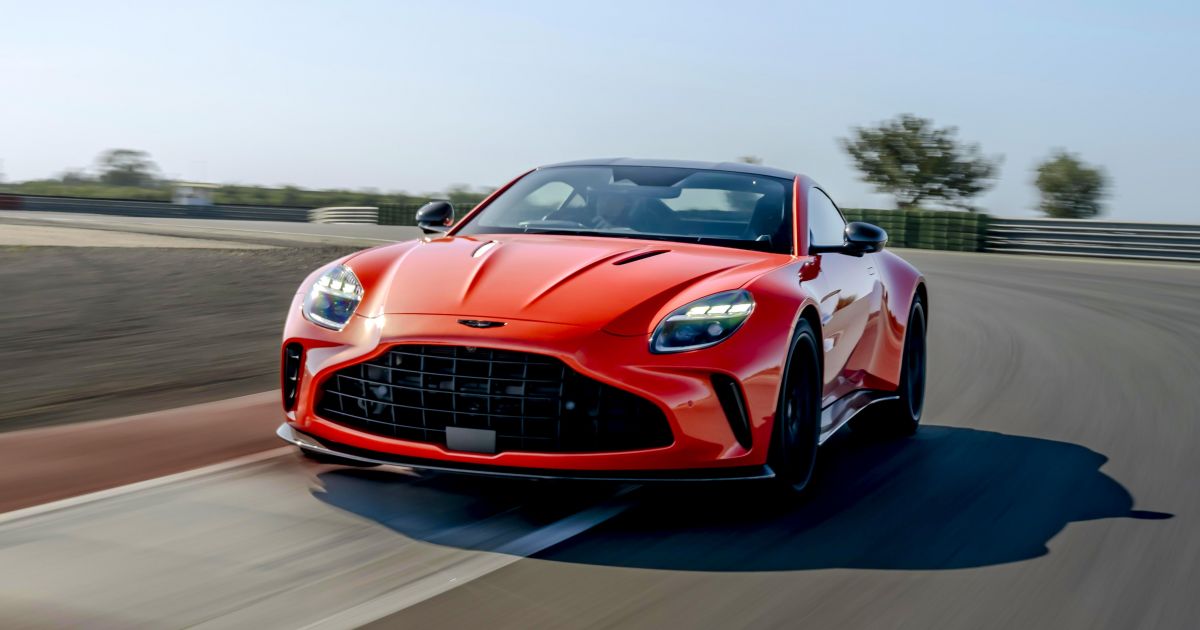
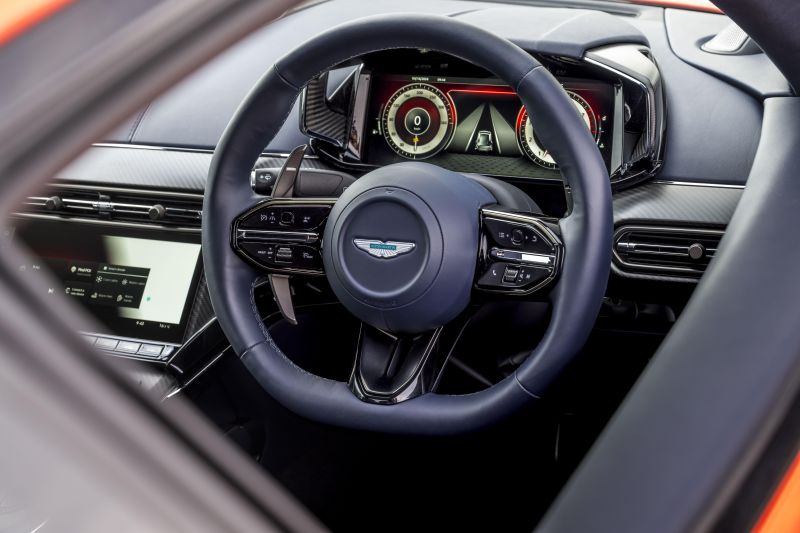
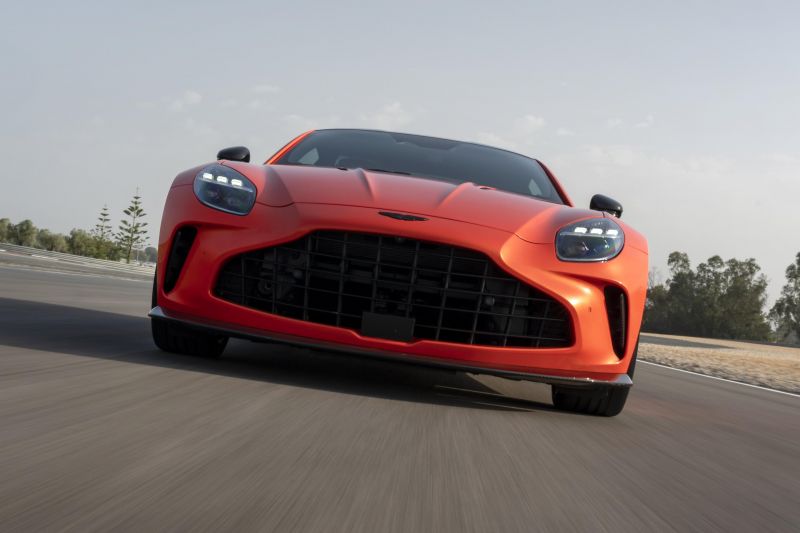
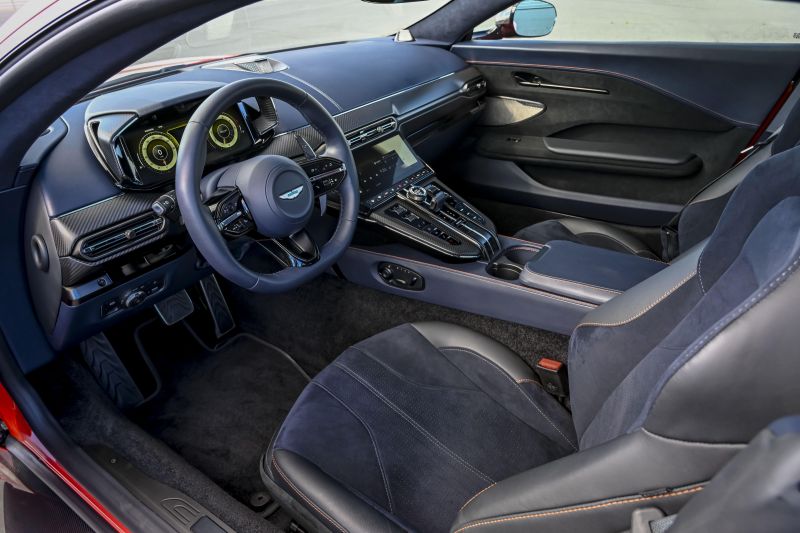


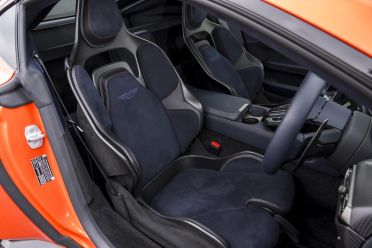
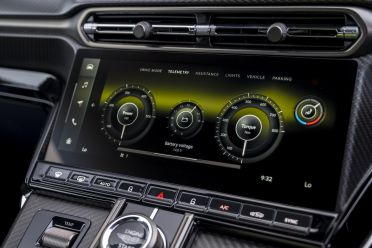
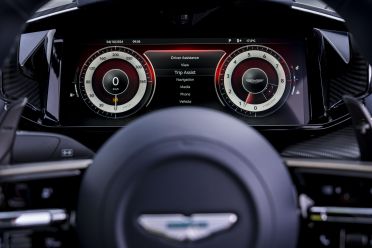
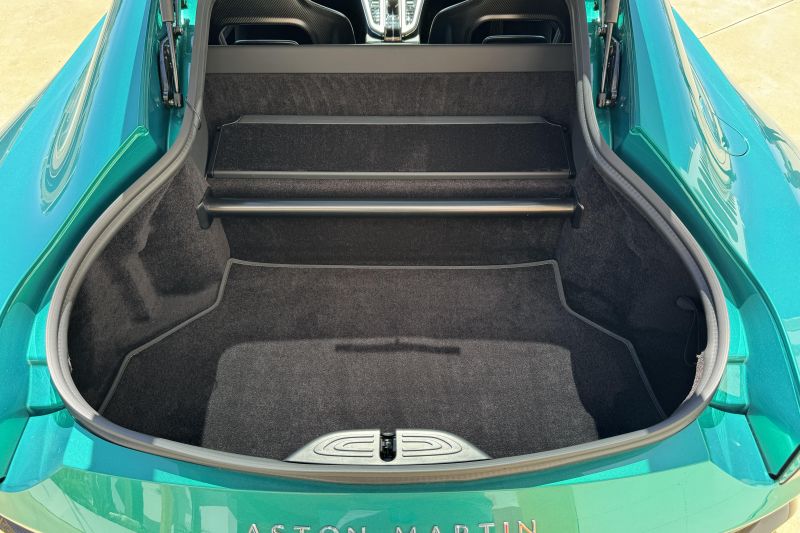
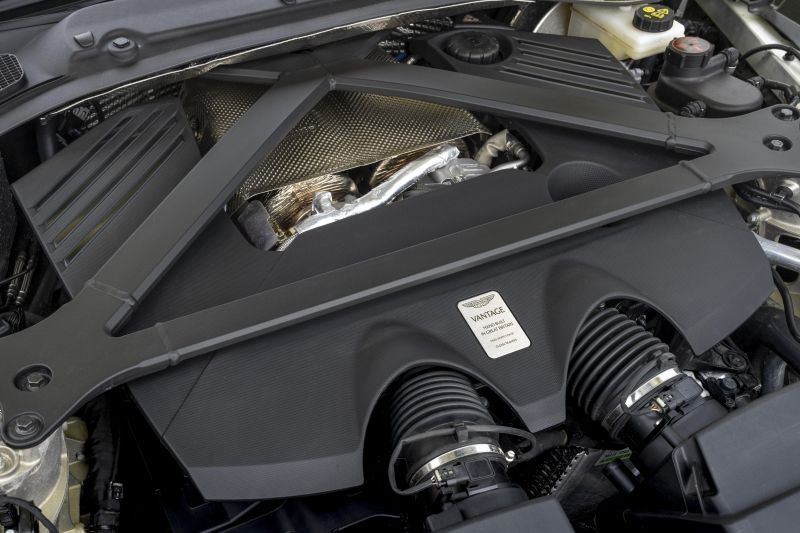
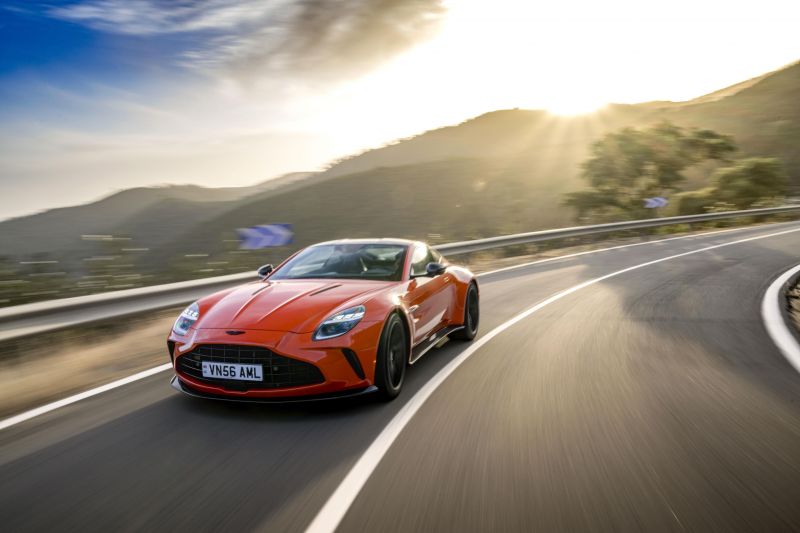




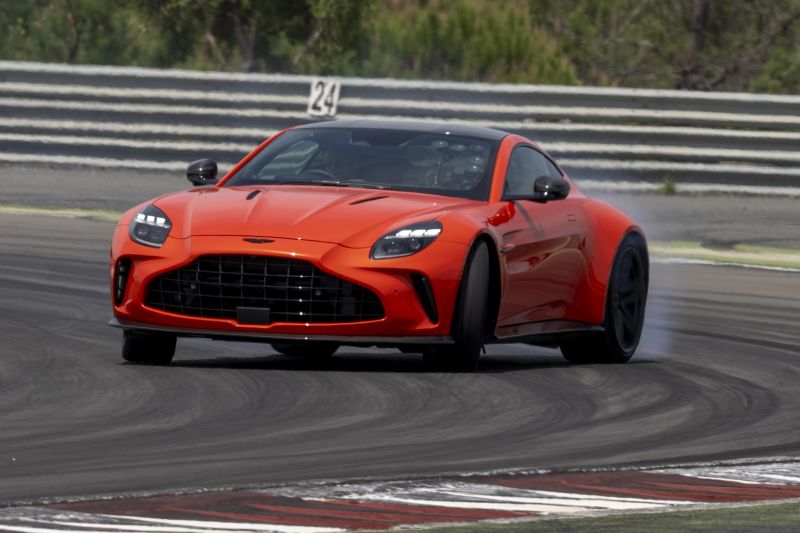
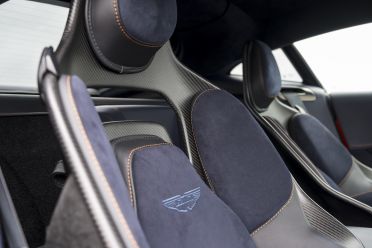

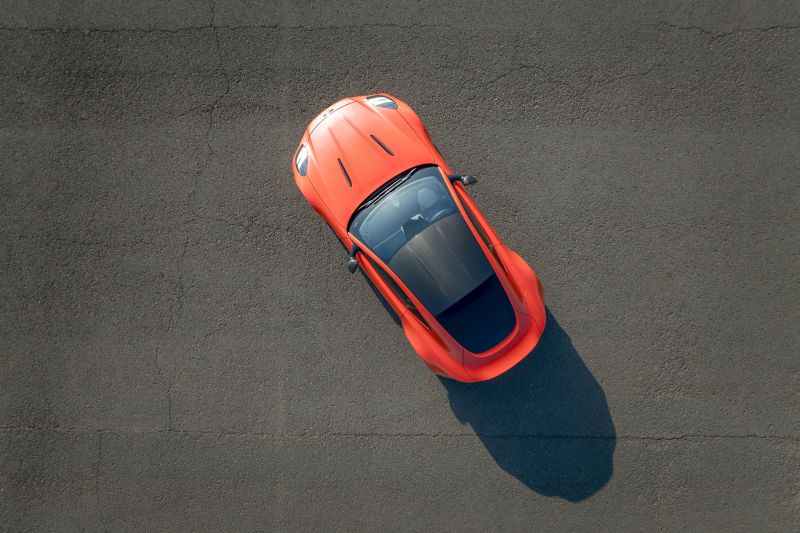
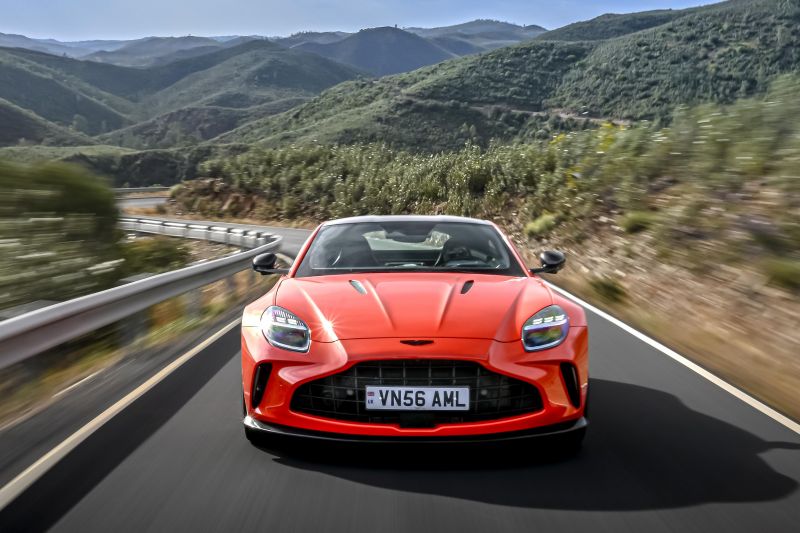
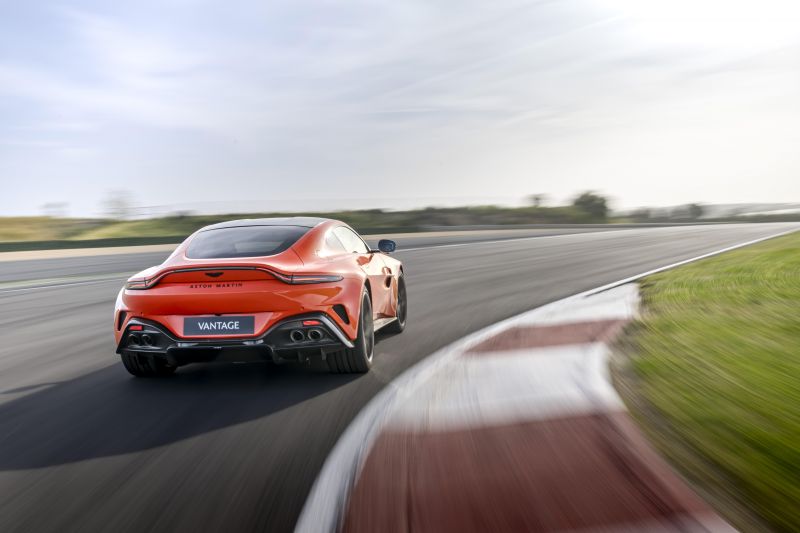

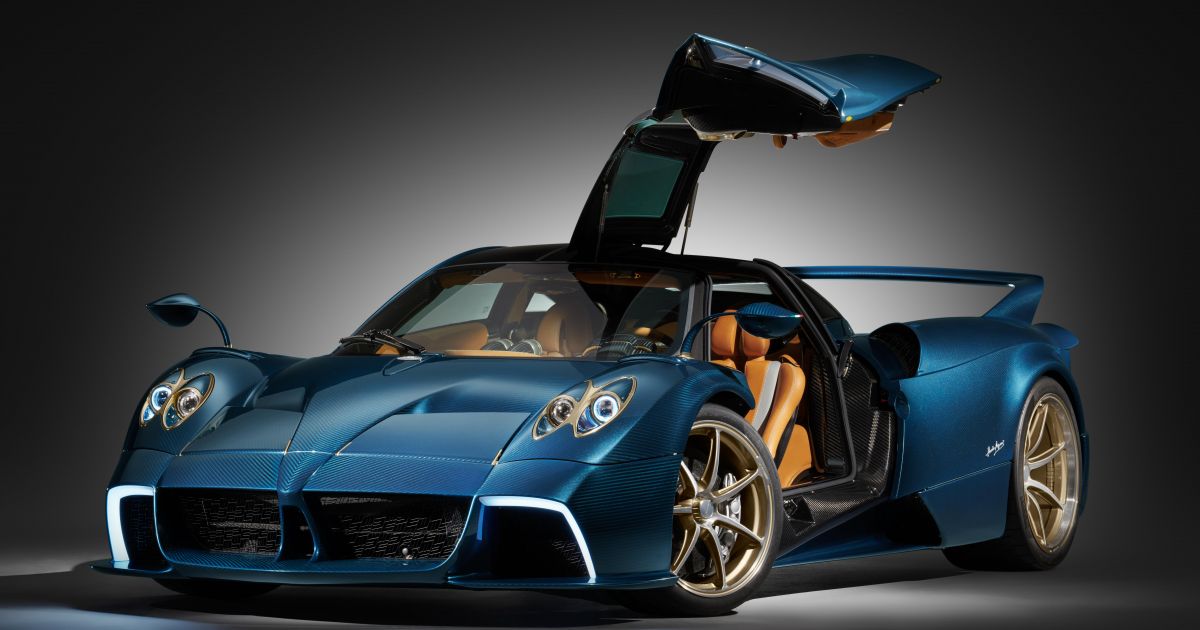



+ There are no comments
Add yours